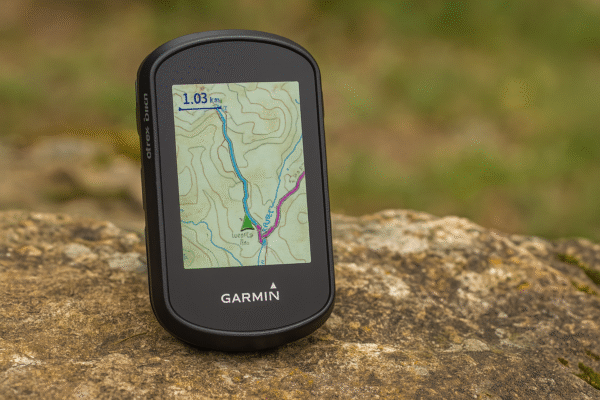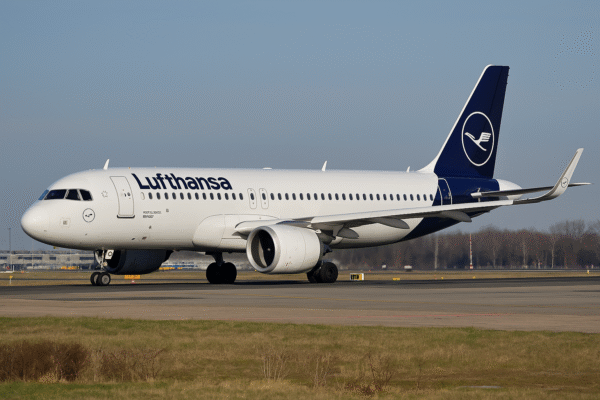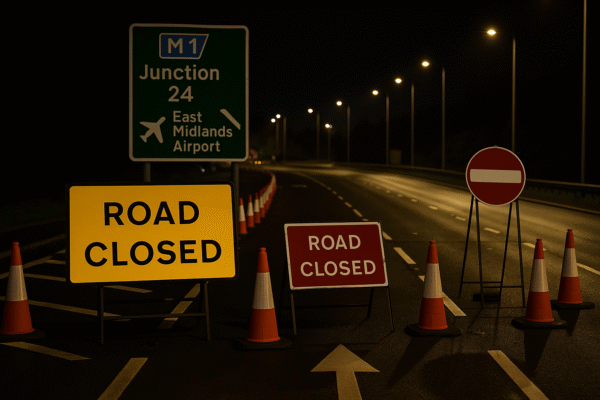Air India has announced a major step in modernizing its cargo division with the integration of Velocity and AcceleRate, two advanced AI-driven platforms from Revenue Technology Services (RTS). The move is part of the airline’s wider plan to upgrade systems, improve revenue, and align with its transformation program, Vihaan.AI.
This partnership highlights the growing role of artificial intelligence in aviation, while also strengthening Air India’s ability to support global trade, tourism, and hospitality.
Introducing Velocity and AcceleRate
The two platforms represent the next generation of cargo management technology.
- Velocity is an AI-powered revenue management system. It forecasts demand, automates overbooking, and optimizes pricing strategies. By studying customer segments and travel trends, it helps Air India manage inventory more intelligently and maximize route efficiency.
- AcceleRate is a dynamic pricing engine. It uses real-time data and predictive analytics to suggest competitive cargo rates. This enables Air India’s sales teams to respond quickly to market shifts while protecting revenue margins.
Together, the systems ensure Air India can manage cargo operations with speed, accuracy, and greater insight.
Enhancing Cargo Operations
By adopting AI tools, Air India aims to increase efficiency, cut errors, and improve decision-making. The expected benefits include:
- Faster decisions: Automated forecasting and pricing reduce delays, allowing the airline to adapt quickly to market changes.
- Revenue growth: Smarter pricing strategies improve yield, particularly on high-demand routes and underutilized corridors.
- Improved service: Streamlined operations create a smoother process for customers, ensuring reliable delivery schedules.
These improvements position Air India to compete more effectively with international carriers in the global freight industry.
Supporting Tourism and Hospitality
The impact extends beyond cargo management. Tourism and hospitality sectors rely heavily on timely deliveries of goods, from event equipment to perishable items. Air India’s improved cargo services will help ensure these needs are met.
- Tourism infrastructure: Faster cargo movement ensures that supplies for exhibitions, conventions, and festivals reach on time. This reliability strengthens India’s event tourism industry.
- Hospitality services: Hotels and restaurants often depend on timely delivery of luxury goods, beverages, and ingredients. Improved cargo logistics reduce delays and help maintain service quality for international visitors.
- Regional benefits: Cities across India with strong tourism appeal will benefit as Air India’s cargo division supports smoother supply chains.
By modernizing freight operations, Air India indirectly strengthens the tourism ecosystem, making travel experiences smoother for visitors.
Strengthening Indian Aviation
Air India’s adoption of RTS platforms reflects broader changes in Indian aviation. The industry is under pressure to modernize as global competition intensifies. By investing in AI and machine learning, Air India sets an example for other airlines to follow.
- Competitive edge: AI-driven cargo management helps Air India capture a larger share of the global freight market.
- Alignment with Vihaan.AI: The initiative fits into Air India’s long-term strategy to become more agile and customer-centric.
- Industry influence: Other Indian carriers may adopt similar systems, accelerating digital transformation across the aviation sector.
This move establishes Air India not just as a passenger airline but also as a modern logistics player with international reach.
A Wider Impact on Global Supply Chains
The ripple effect of this collaboration could extend to global supply chains. If Air India can guarantee reliable cargo movement, it will attract international clients looking for efficiency and trustworthiness. This shift could position India as a stronger hub for freight activity in Asia.
Furthermore, the success of Velocity and AcceleRate may encourage more airlines worldwide to embrace AI-driven platforms. By creating smarter cargo systems, the aviation industry as a whole can achieve greater reliability, speed, and customer satisfaction.
Looking Ahead
Air India plans to expand the use of AI in its cargo operations over time. Future updates to Velocity and AcceleRate will bring more advanced features, enabling the airline to respond even faster to market trends and customer needs.
The integration also opens the door for other digital innovations, such as real-time shipment tracking and predictive maintenance tools for cargo fleets. These improvements will not only increase efficiency but also enhance transparency for customers.
A Landmark Step Forward
Air India’s partnership with RTS represents more than a technology upgrade. It is a strategic move that strengthens the airline’s role in both aviation and tourism. By introducing Velocity and AcceleRate, the airline achieves:
- Higher efficiency in cargo revenue management.
- Stronger support for tourism and hospitality supply chains.
- Greater competitiveness in the global freight market.
- Alignment with a modern, AI-driven aviation strategy.
For India’s tourism industry, the changes will ensure smoother experiences for visitors and stronger reliability for businesses. For the global aviation community, Air India’s example signals a shift toward smarter, AI-powered cargo operations.
Final Thoughts
Air India’s adoption of Velocity and AcceleRate is not just about moving goods. It is about transforming how aviation supports tourism, hospitality, and international trade. The initiative brings advanced technology into cargo operations, positioning Air India as a leader in innovation.
As these platforms roll out, travelers and businesses alike will benefit from faster service, better reliability, and a modernized approach to air freight. The result is a stronger link between aviation and tourism, paving the way for India to emerge as a global hub in both passenger travel and cargo logistics.
For more travel news like this, keep reading Global Travel Wire


















